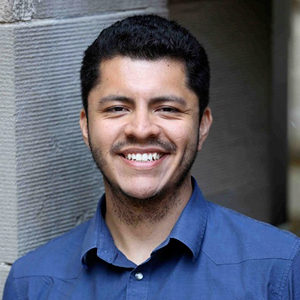
Health studies are an essential element of ensuring the efficacy, effectiveness, and safety of new drugs, treatments, and interventions. But, studies are also often expensive and it can be difficult to calculate just how big they should be to get accurate results. Now, a new method co-developed by the School of Public Health can help researchers estimate the value and optimal size of a research study in order for it to be cost-effective.
“Our new method is extremely fast and simple to use,” says recent graduate Fernando Alarid-Escudero (PhD ‘17), who created the method with alumnus Hawre Jalal (PhD ‘13) from the University of Pittsburgh. “It can compute the value of collecting new information of different sample sizes and could also be used to estimate the optimal size — in terms of number of participants— of a study by accounting for the cost of conducting the research study.”
The new method, which employs an approach called Value of Information (VOI) analysis, is detailed in the journal Medical Decision Making. The code for the technique is also available as a free download.
“Value of Information analysis estimates how much new information is worth before we actually collect any new data,” says Alarid-Escudero. “It does this by quantifying the value of reducing uncertainty in a decision-making process.”
Previously, investigators have tried to use a statistical measure called power calculation to calculate the size of future research studies without explicitly incorporating their value. The method is different from VOI because it can’t account for the economic aspect of conducting a trial, such as the cost-effectiveness of the alternative strategies/treatments in the trial and the cost of collecting the new data.
The new VOI method is an improvement over power calculation because it can show researchers how much they should be willing to spend on studies and aid in clinical trial design and research prioritization before conducting a clinical trial or recruiting study participants.
“Our method can help policy and decision-makers to prioritize the allocations of research funds,” says
Alarid-Escudero. “We hope it will eliminate the barriers that have been preventing researchers from using VOI and decision-makers from adopting their results.”
